Calico yarn assigned pooling
This fiber is very original because with the dyeing it results in a mottled color. Baby alpaca yarn provides the softness, silk the luster and linen the texture, resulting in a rustic yet luxurious wool.
Because linen picks up color differently than silk and alpaca (since it is a cellulosic fiber, not a protein fiber), the result is a subtle marbling effect that produces a wonderful depth of color.
Baby Alpaca: Alpaca fiber comes from Peru. It is a shiny, silky and very soft wool. It is warmer than wool but not itchy and does not contain lanolin. It is hypoallergenic.
What is assigned pooling?
Assigned Pooling is a dyeing technique that creates unique and captivating patterns in knitting or crochet projects. Instead of producing random stripes, colors are intentionally distributed to achieve geometric or repeating effects. This is accomplished by assigning specific colors to clusters of stitches, resulting in a deliberate and visually appealing design. This technique is particularly popular for projects such as scarves, shawls, and blankets.
Assigned Pooling in Knitting and Crochet: Unveiling a Unique Technique
Assigned Pooling, a groundbreaking technique, has taken the knitting and crochet world by storm. This innovative method involves dyeing yarn in a strategic manner to achieve captivating and one-of-a-kind patterns in your projects.
The magic of assigned pooling lies in how colors are grouped and distributed. Instead of appearing randomly, colors are carefully assigned to clusters of stitches, creating specific patterns. The result is a visually appealing design that can range from organized geometric effects to whimsical waves of color.
Knitting and crochet enthusiasts are embracing assigned pooling to craft scarves, shawls, blankets, and more. This technique not only adds a distinctive touch to your projects but also allows you to flex your creativity by choosing colors and patterns that best suit your style.
Explore the exciting world of assigned pooling and unlock a realm of creative possibilities. We invite you to experiment with this unique technique and bring projects to life that are sure to stand out.
Sustainability: Beautiful wool…
…that take care of your health… Synthetic fibers do not allow the skin to breathe and make it irritated, and many of them are petroleum-derived products that have been dyed with dyes containing heavy metals and other toxic substances. Natural fibers, however, allow ventilation of the skin while protecting from the cold and insulating the heat.
… and the environment… Wool, silk and cotton, being natural fibers, are made with more environmentally friendly techniques. They are also 100% biodegradable yarns.
With the purchase of this product you are supporting the improvement of merino wool in Spain.
READ ME. Important information:
You should keep in mind that artisanal dyeing is not like industrial dyeing. Batches are small, and the intensity and distribution of colors may vary from one skein to another. If you need the skeins to be from the same dye lot and as similar as possible, please write this in the order notes to take this into account.
It is also important for you to know that colors may look different on each screen and that the mix and distribution of colors you receive may differ from the photo because no two skeins are exactly alike.
In any case, no worries! Because if when you receive the skeins they are not what you expected, we will start the return process without any problem and at no cost to you.
Washing recommendations:
When it comes to washing delicate hand-woven garments, it is important to take extra precautions to maintain their shape and quality, especially if they are woven with hand-dyed yarns.
- Hand wash:
- Fill a container with warm water and neutral soap or mild detergent specific for delicate garments or wool.
- Immerse the garment in the water and let it soak for 10-15 minutes. Avoid rubbing or twisting the garment, as this may damage the fibers and cause deformation.
- Careful rinsing: Rinse the garment with clean water several times until no detergent residue remains. Be sure not to twist it while rinsing it.
- Dry flat: Place the garment on a clean towel and gently roll the towel to remove excess water. Then, stretch the garment on a flat surface, in block form, to dry. Avoid hanging it, as this may deform it. Tends to shade, prolonged sun exposure can fade colors.
- Proper storage: After washing and drying, store in a clean, dry place. You can spray the garment with our mothproof perfume, gently fold it and place it in a breathable cloth bag.
- Hand wash:
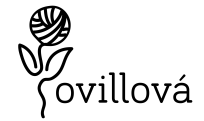
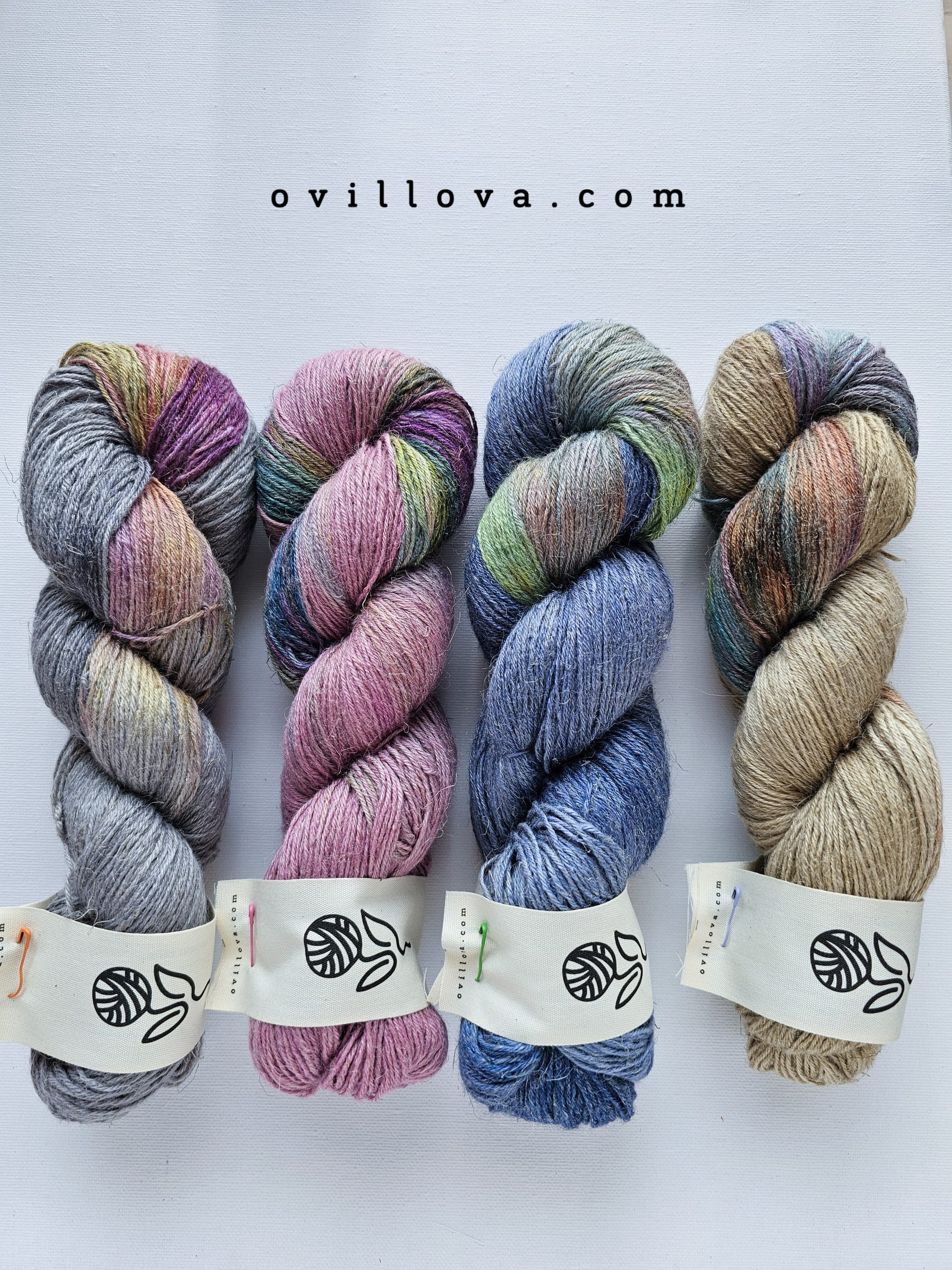
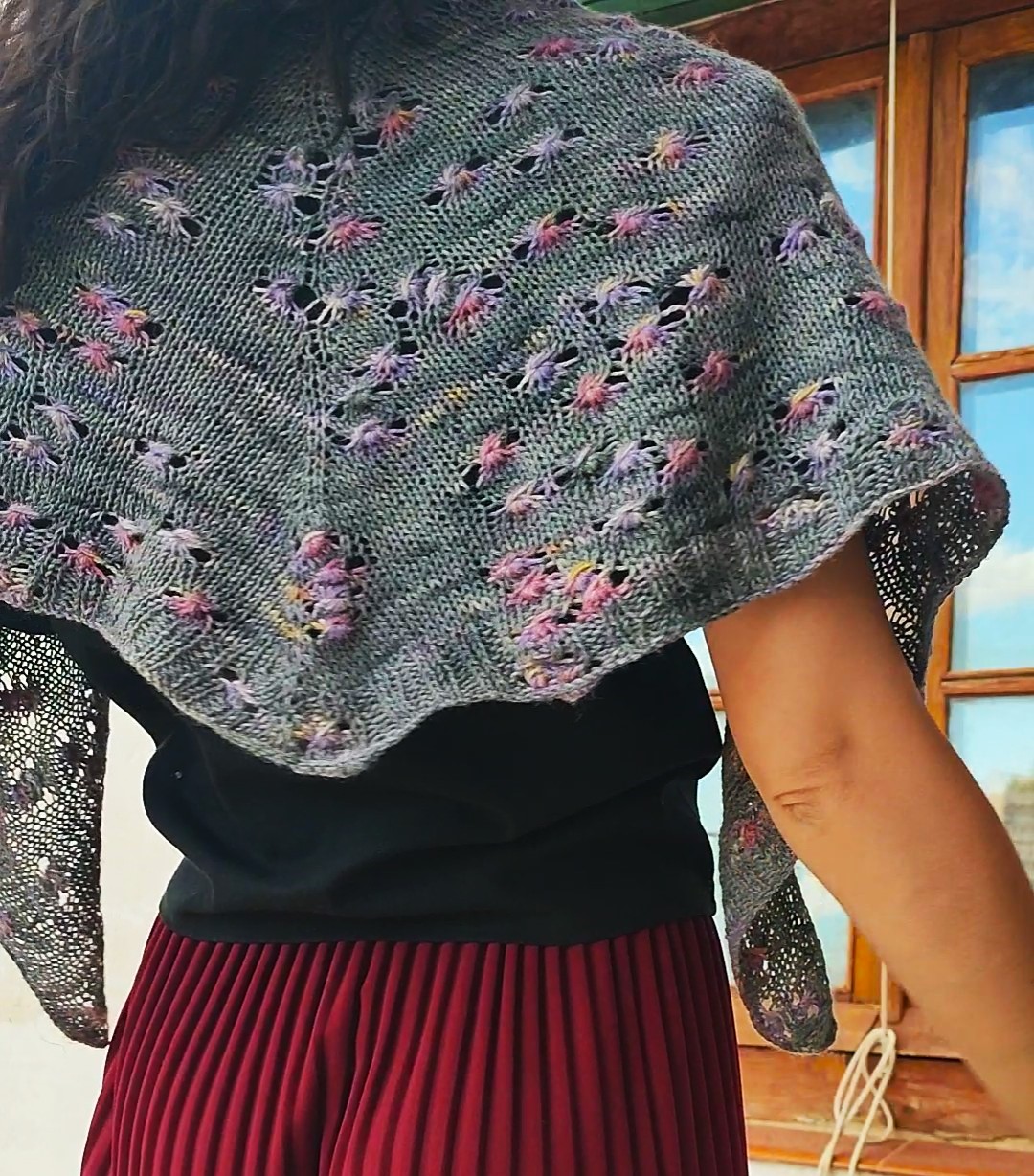
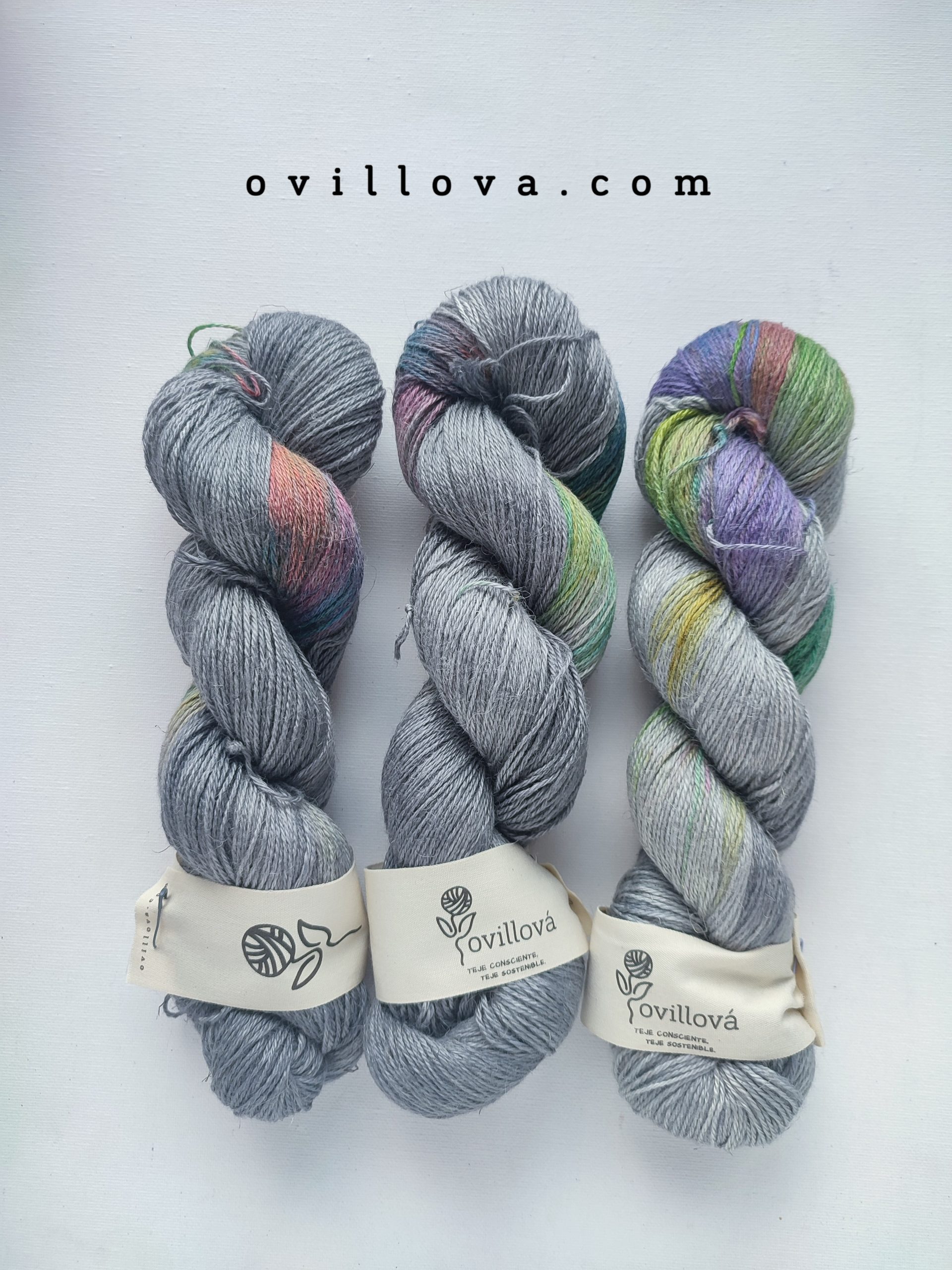

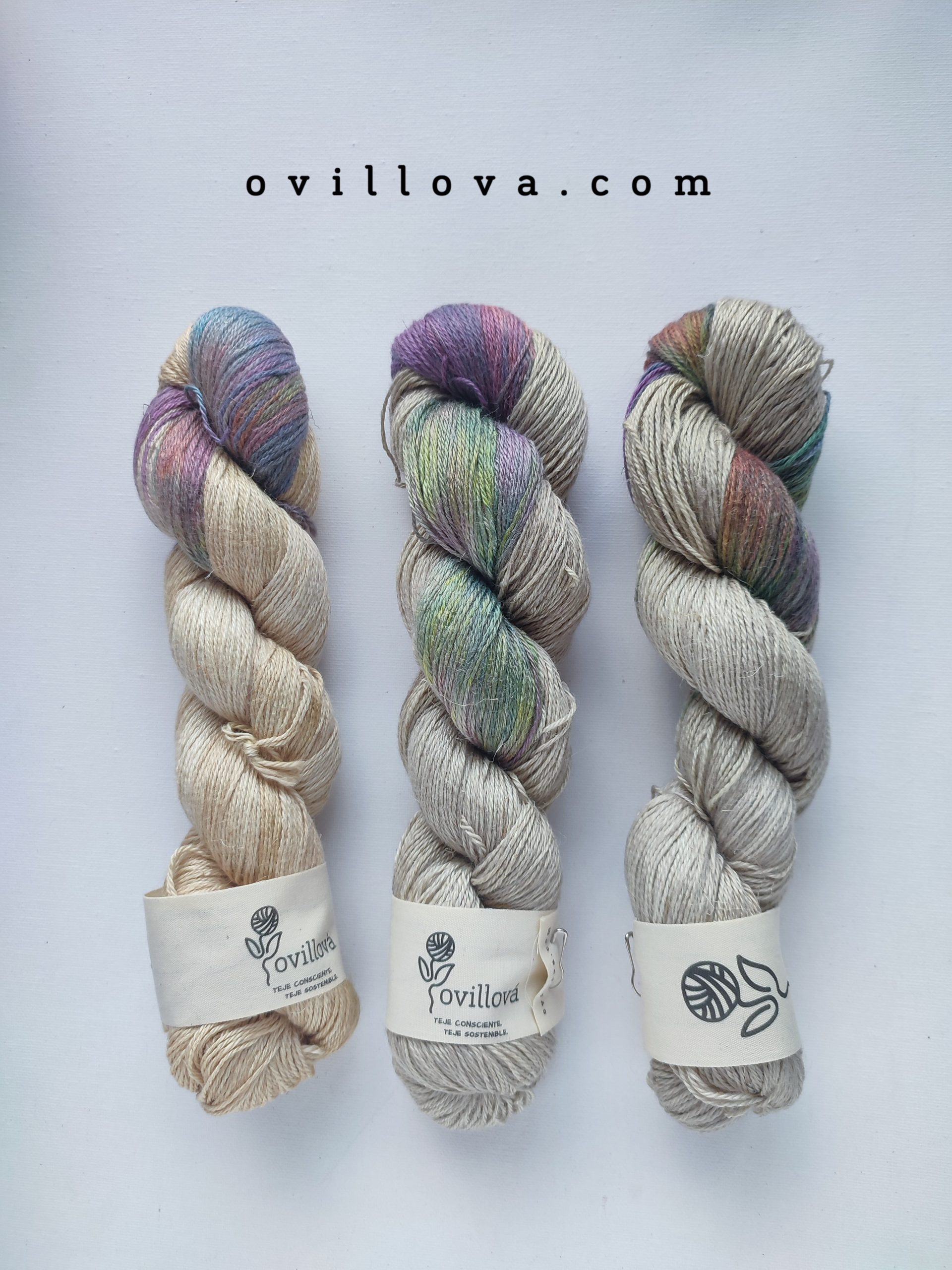
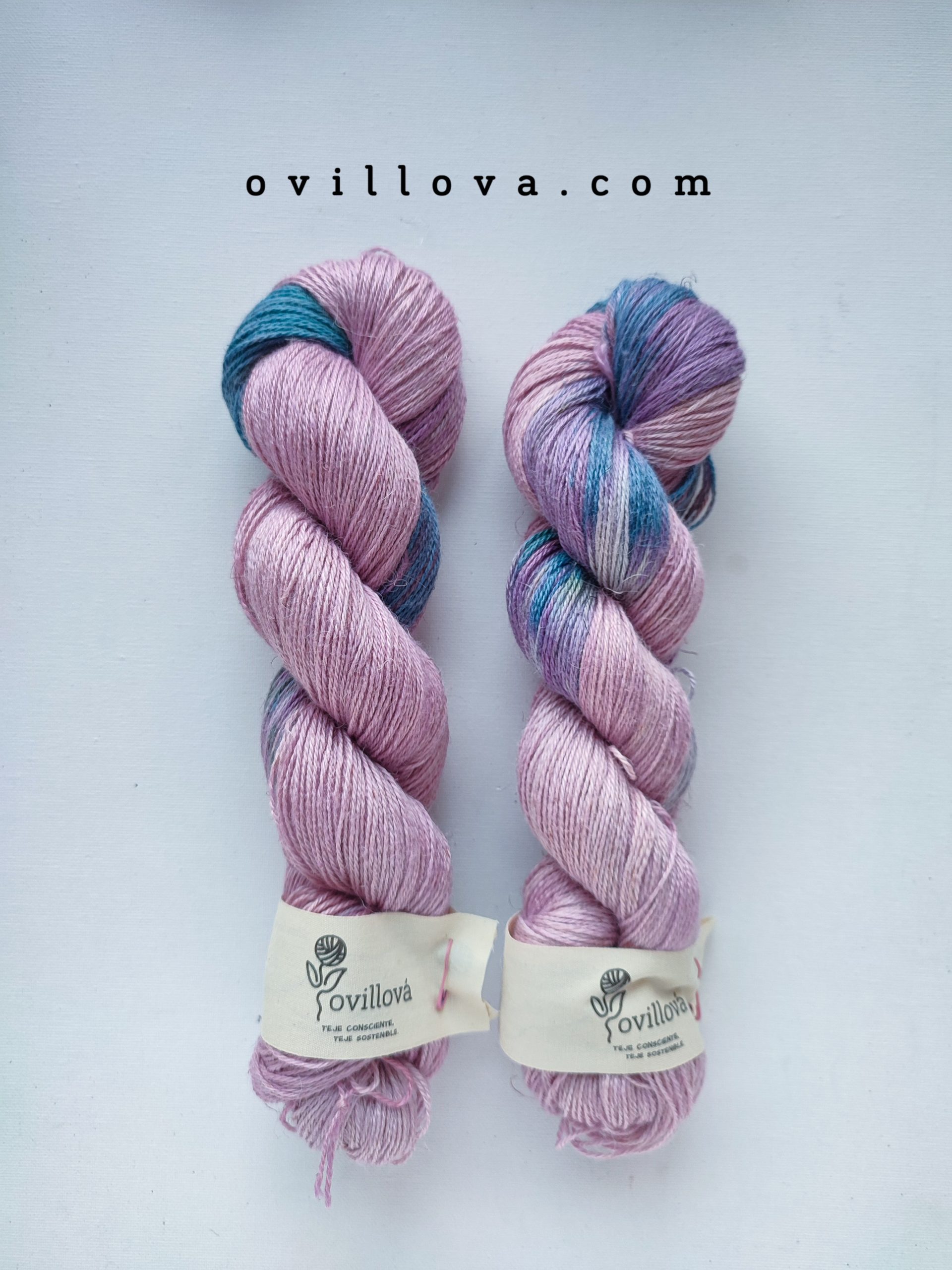
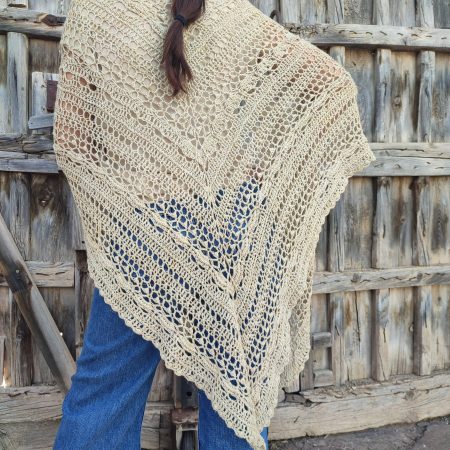
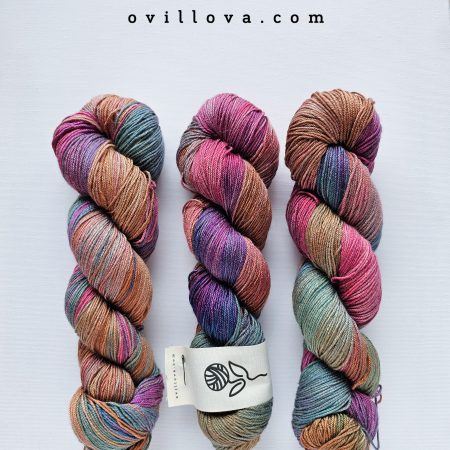
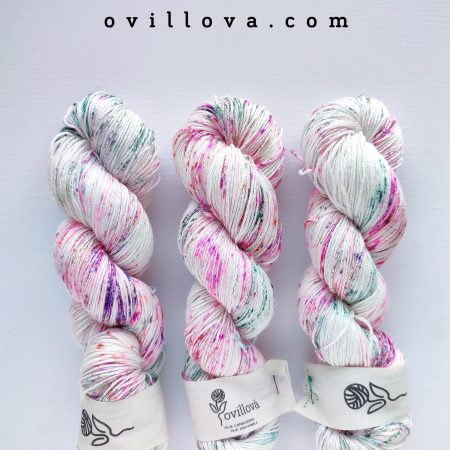
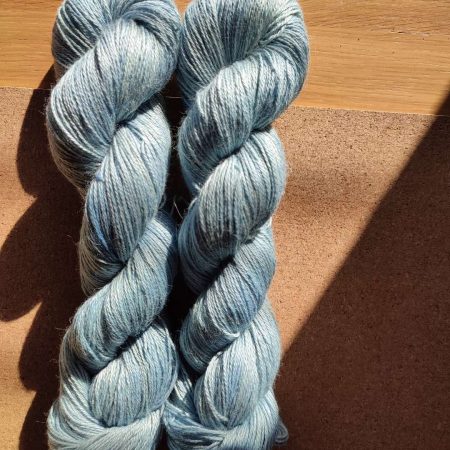
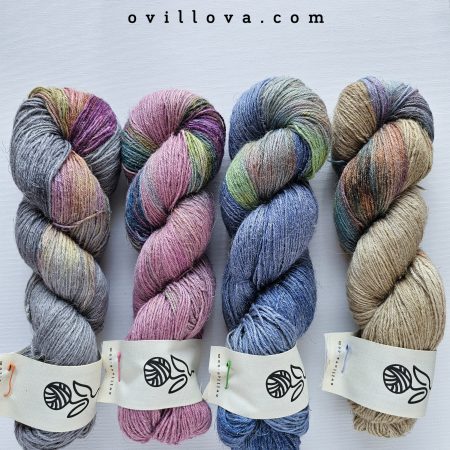
Reviews
There are no reviews yet.